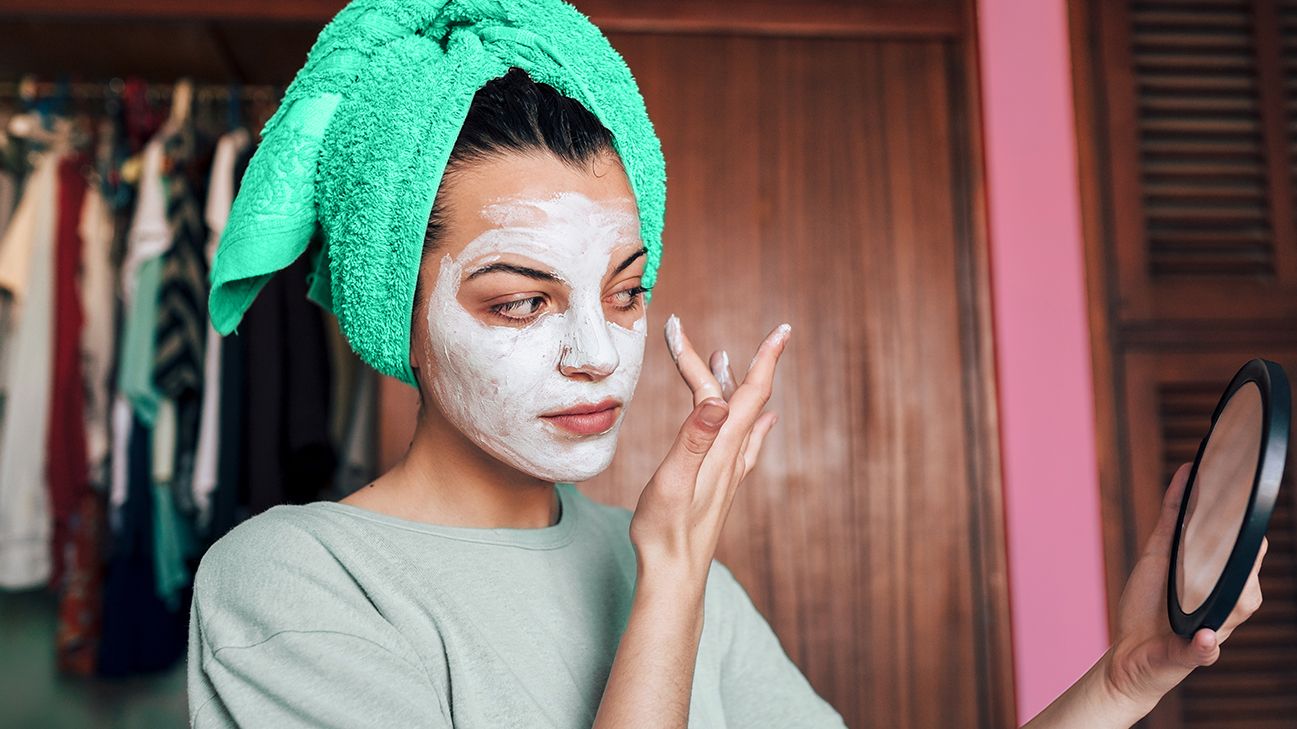Milk cream — also called malai — is a type of clotted cream commonly used in India, both in cooking and in skin care and hair care.
Those who use it believe malai can hydrate dehydrated skin, even skin tone, brighten complexion, and improve skin elasticity. And since it’s easy to make at home, folks all over the world are getting curious about its potential as a DIY beauty product.
Today we’ll take a look at what the scientific evidence has to say about malai’s benefits, give instructions on how to make it, and go over possible side effects.

OK, so yes it’s technically easy to make at home but there’s a caveat: authentic malai is made with buffalo milk, which might be hard to find where you live.
You can totally still make malai with cow’s milk, the consistency is just going to be a little different since cow’s milk has a lower fat content. (Buffalo milk has a fat content of around 7 to 8 percent while whole cow’s milk tends to be about 3.25 percent fat.)
Use nonhomogenized milk
When milk goes through the homogenization process, the fat molecules are broken down to such a small size that they’re evenly distributed throughout the milk. You want nonhomogenized milk to make malai so that those fat molecules can be separated from the rest of the milk.
How to do it
- Pour your milk into a sauce pan and put the heat on medium low.
- Bring it to 180°F (82°C). For those of you who don’t have a cooking thermometer, this is the stage prior to boiling where small bubbles start to emerge from the bottom of the pan.
- Keep it at this temperature for an hour.
- Turn off the heat and let it cool. You’ll notice a layer of fat and coagulated proteins rise to the top of your pot. This is your malai!
- Skim it off, put it in a bowl, and you’re ready to go.
Keep in mind, this isn’t the same as using half-and-half or cream, which are just higher fat versions of milk. The separating of fat during the boiling process is key to making true malai.
At the moment, we don’t have any clinical research about malai’s effects on skin or hair. However, malai does contain one of skin care’s heroes: lactic acid. Because of this, malai’s purported benefits are totally plausible.
Lactic acid is a type of alpha hydroxy acid, a chemical exfoliant commonly used in skin care products to remove dead skin cells and stimulate cell regrowth.
The benefits of this type of exfoliation include evening skin texture and tone, smoothing fine lines and wrinkles, and clearing pores. An older study also found that lactic acid can improve the signs of sun damage.
As with any skin care treatment, DIY or otherwise, don’t expect to see results overnight — or even after a week! Most studies are conducted over the period of weeks or months.
Can it lighten skin?
While some believe that malai can lighten the complexion and fix dark circles, there’s no research to back up those claims. If you’re concerned about skin discoloration and hyperpigmentation, consider giving kojic acid a try.
Because of the lack of clinical testing, we can’t say with certainty that malai doesn’t have potential side effects. If you’re interested in giving it a shot, we recommend first doing a patch test to weed out any adverse effects before applying it to your entire face.
If you know you’re lactose intolerant, or know that eating dairy causes acne for you, you should probably steer clear.
It’s always important to proceed with caution when it comes to DIY skin care treatments, as everyone’s skin responds differently to ingredients and these concoctions haven’t been tested for safety the way manufactured products are.
Malai — or milk cream — is a type of clotted cream made by boiling nonhomogenized milk and skimming off the fat. Used primarily in India in cooking and skin care, it’s believed to hydrate skin and even skin tone. It’s likely these benefits are due to its concentration of lactic acid.
Cheap and easy to make at home, it’s an accessible way to dip your toes into the world of chemical exfoliation. But as always, you should be sure to proceed with caution with any DIY skin treatments. What’s most important is to be gentle to your skin and treat it with the love that it deserves!

